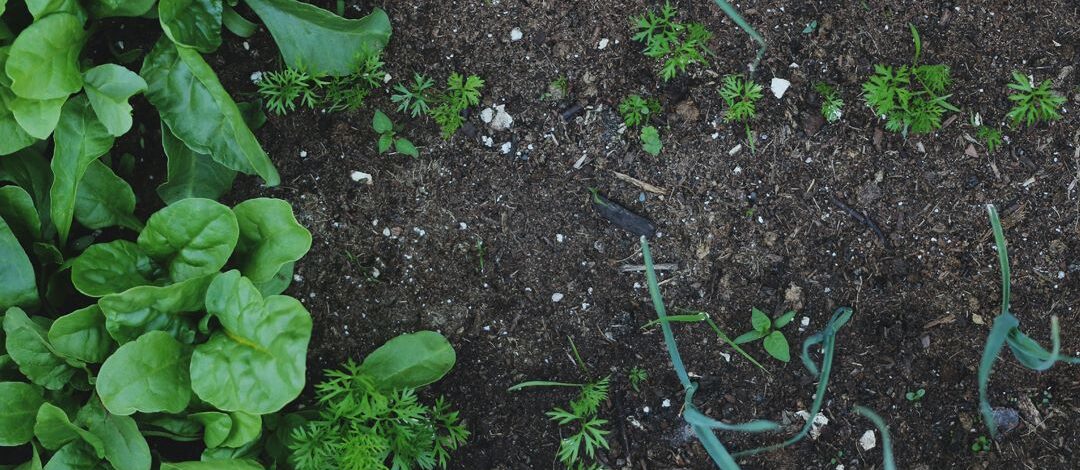At Vaquam, we understand the importance of efficient water irrigation techniques for optimal plant growth. To help you make the most out of your irrigation practices, we have compiled this comprehensive guide on how to optimize water irrigation for different soil types. Whether you’re a seasoned gardener or a novice, understanding how different soil types interact with water can significantly improve your gardening outcomes.
Understanding Soil Types
Sandy Soil
Sandy soil is characterized by its coarse texture and excellent drainage properties. However, due to its loose structure, it has low water retention capabilities.
To optimize water irrigation for sandy soil:
Amending the soil: Incorporate organic matter such as compost or well-rotted manure to improve water retention.
Mulching: Apply a layer of organic mulch around plants to reduce evaporation and retain moisture.
Frequent watering: Sandy soil requires more frequent but shorter watering sessions to ensure plants receive adequate moisture.
Clay Soil
Clay soil consists of tiny particles that tightly pack together, resulting in poor drainage and water infiltration. When optimizing water irrigation for clay soil, consider the following tips:
Amending the soil: Add organic matter, such as compost or peat moss, to improve soil structure and drainage.
Deep watering: Water deeply and infrequently to encourage root growth and prevent waterlogging.
Avoid overwatering: Clay soil retains water for extended periods, so it’s crucial to monitor soil moisture levels and avoid excessive irrigation.
Loamy Soil
Loamy soil is considered the ideal soil type due to its balanced composition of sand, silt, and clay. It offers good drainage while retaining adequate moisture.
To optimize water irrigation for loamy soil:
Regular watering: Water deeply and evenly to ensure proper distribution throughout the root zone.
Monitor soil moisture: Check the soil moisture levels regularly to avoid over or underwatering.
Use a rain gauge: Install a rain gauge to determine whether rainfall provides sufficient irrigation or additional watering is required.
Sandy Loam and Silt Loam
Sandy loam and silt loam are variations of loamy soil, with varying proportions of sand or silt. They offer excellent drainage and water-holding capacity.
To optimize water irrigation for sandy loam or silt loam:
Water infiltration test: Conduct a water infiltration test to determine the rate at which water permeates the soil.
Adjust watering frequency: Modify watering frequency based on the soil’s ability to retain moisture. Monitor soil moisture levels and adjust irrigation accordingly.
Best Practices for Water Irrigation
- Drip Irrigation
Drip irrigation is an efficient method that delivers water directly to the plant’s root zone, minimizing water loss through evaporation or runoff. Consider implementing drip irrigation systems for precise and water-wise watering. - Mulching
Applying mulch around plants helps regulate soil temperature, suppress weed growth, and reduce evaporation. Organic mulches like wood chips, straw, or compost act as a protective layer, keeping the soil moist for longer periods. - Rainwater Harvesting
Utilizing rainwater for irrigation can reduce your reliance on potable water sources. Install rain barrels or cisterns to collect rainwater from rooftops, which can then be used during dry spells to irrigate your plants. - Smart Irrigation Controllers
Upgrade to smart irrigation controllers that utilize weather data and soil moisture sensors to optimize irrigation schedules automatically. These controllers adjust watering based on real-time conditions, preventing over or underwatering.
Conclusion
Optimizing water irrigation for different soil types is essential for promoting healthy plant growth while conserving water resources. By understanding the unique characteristics of sandy soil, clay soil, loamy soil, and their variations, you can tailor your watering practices to meet the specific needs of your plants. Implementing techniques such as drip irrigation, mulching, rainwater harvesting, and smart irrigation controllers will contribute to efficient water use and thriving gardens.
Remember, successful water irrigation is not only beneficial for your plants but also for the environment. By adopting these best practices, you can create a sustainable and beautiful landscape that flourishes while minimizing water waste.

